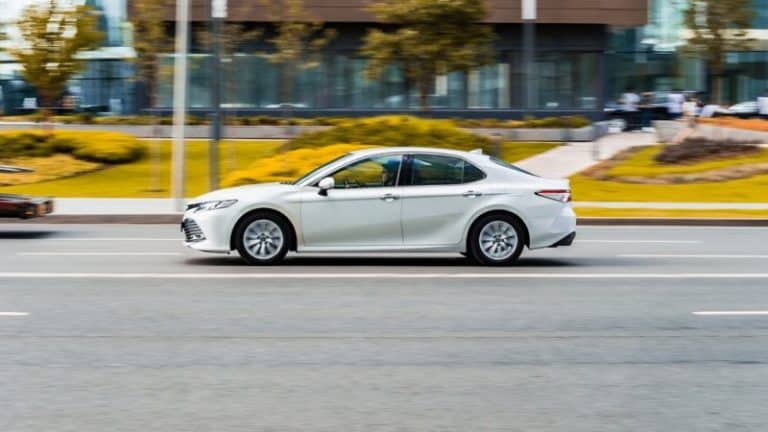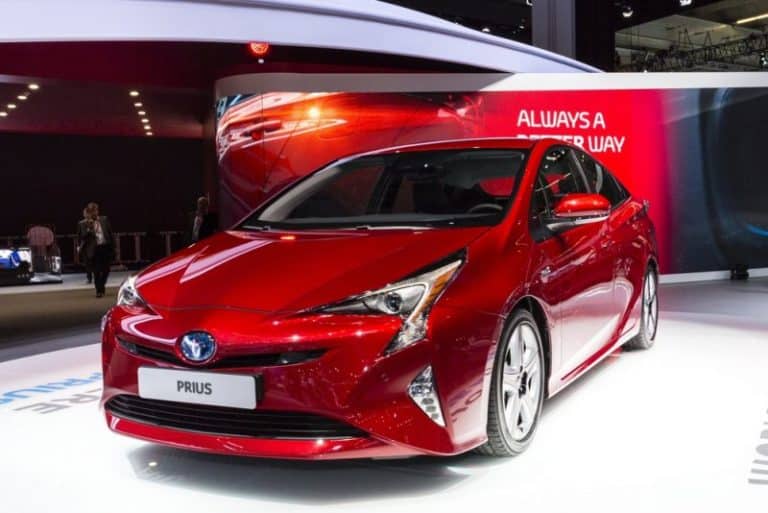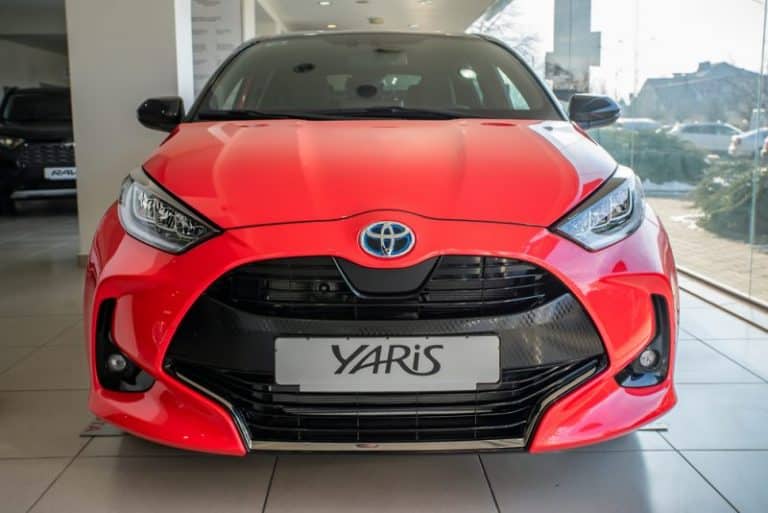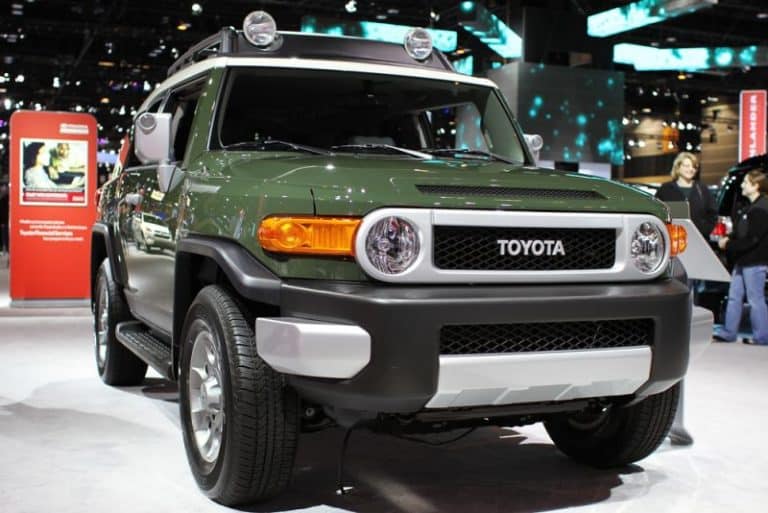Are Toyota Parts Expensive? (Let’s Find Out)
Being one of the most reputable brands in auto engineering, Toyota has made its mark on the world.
You might be interested in buying one of their models and would like to know the cost of owning one. It is only right to know the maintenance costs and price of parts.
Toyota parts are not generally expensive; replacement parts are readily available and affordable due to Toyota’s prominence. Thus, most Toyota models, especially the commuter models, have cheap parts. This has also added to the popularity of the car in several consumer societies. There is a saying that Lexus Parts are More Expensive Than Toyota let’s find the fact in our post.
Is Toyota Expensive To Repair?

The cost of repairing Toyota vehicles varies. The price difference depends on many factors, like what repairs are required and which parts need replacing.
Also, there’s the consideration of the extent of labor necessary to get repairs done and the state in which you reside. These costs vary from place to place.
Toyota prides itself on being a brand that produces cars on which repairs can be done with ease and affordably.
Luckily, the cost of repairing a Toyota is low compared to other automobile brands. Many of these repairs ought to be done after the vehicle has been in service for a long time.
This duration is usually around 100,000 or 150,000 miles.
For a Toyota Camry, the door lock actuator replacement costs about $416 to $515. The ignition switch replacement goes for about $276 to $311.
The cost of replacing the traction control switch goes from about $124 to $131.
The RAV4, one of the trendy models, has brake replacement repairs at about $262 to $312. The timing chain tensioner replacement costs about $790 to $985.
The airbag occupant sensor replacement on the RAV4 costs about $484 to $509.
In addition, the Toyota Prius has mass airflow sensor replacement at $175 to $259. Another necessary repair is the water pump replacement.
This fixation generally costs about $752 to $921. The air conditioning condenser replacement costs about $575 to $742.
Are Toyota Parts Hard To Get?
Due to Toyota’s renown, parts are relatively easy to get. Most orders are delivered within 1 to 3 business days.
Deliveries are made after the spare parts have been shipped out from strategically situated, certified Toyota dealers.
It is also essential to go for genuine Toyota parts rather than aftermarket parts. Aftermarket parts are designed by independent manufacturers that are not big enough to have a worldwide reputation.
It comes down to the reason that aftermarket parts are a risky business. Logically, parts produced by Toyota would last as long as the cars themselves.
Furthermore, aftermarket parts rarely come with a warranty. Once the part fails, there’s nothing you can do.
On the other hand, legitimate Toyota parts are guaranteed and produced by the best-selling automaker on the planet.
Genuine Original equipment manufacturers’ (OEM) parts are reliable for maintenance and other repairs. OEM parts are built specifically for Toyota, and their functionality is unquestionable.
The choice between OEM and aftermarket parts is vital for mechanical components and body parts. Say a component of your car has been damaged from an accident.
You go on to select an aftermarket body panel to supplant this damaged component since it’s somewhat cheaper.
That aftermarket panel might not have been designed with similar possibly life-saving rumple zones attributed to a Toyota brand panel.
If you want to trade in that car, the non-OEM part will lessen the vehicle’s resale value. When you acquire genuine OEM parts, you’re getting the same reliability the automaker has always been reputed for.
Read More: Are Toyota Yaris Parts Expensive?
How Often Does A Toyota Need Servicing?
Toyota generally advises that Toyota owners plan a service appointment every six months or 5000 miles completed, whichever comes first.
The maintenance done through each service session differs by driving conditions, the vehicle makes, and year. Other factors are also considered by learned technicians.
However, certified maintenance involves an oil change, tire rotation, examination of wiper blades, brake pads, and fluid levels.
For instance, a Toyota Camry maintenance session typically involves tire rotation. The tires are also reset to the proper psi.
Planned Camry service can also involve an oil filter renewal and oil change. For Camry owners who fancy synthetic oil, it is suggested that an oil change should be every 12 months or 10,000 miles.
The professional Camry service technician can also inspect and regulate the car’s fluid levels. An examination is done on the Camry’s brake components also.
Arranging regular service sessions and maintaining minimum Toyota service intervals help retain the longevity of your car. It also helps to avoid maintenance problems along the way.
If you own these brand new Toyota models, your car has a service reminder designed with the vehicle.
These vehicles will indicate when the time reaches for oil replacing and tire service on your dashboard. It also alerts when the car needs any such routine maintenance sessions.
How Expensive Is It To Maintain Toyota?
Anything that works well deserves to be routinely maintained. That also goes for Toyota, whether a sedan, SUV, Toyota Land Cruiser, or other models.
All Toyota vehicles require regular maintenance service every 5000 miles. Based on data from RepairPal, it costs about $441 per year for Toyota car maintenance costs on average.
This price is significantly lower compared to other brands.
Toyota provides free maintenance for the first two years or 25,000 miles through ToyotaCare. The cost gradually rises as the vehicle’s mileage increases.
Despite this, Toyota’s maintenance costs are mostly inexpensive. One of the things to plan financially for is repairs.
Even though Toyota repair doesn’t cost much as other brands, you could still come across costs between $1,000 and $2,000.
After the first two years, maintenance sessions cost between $100 and $200.
Larger services, for instance at 30,000 and 60,000 miles, can have cost around $300 and $600 depending on the servicing.
In addition, there are costs for scheduled and unscheduled maintenance. Scheduled maintenance involves any checkups that Toyota advises should be done at particular durations.
These checkups include tire rotation, oil changes, and fluid level adjusting.
Unscheduled maintenance is the renewal of equipment or systems that wear out over time. Examples of such items are windshield wipers and brake pads.
Here are some costs associated with a maintenance service session.
- Oil change costs $40 to $120
- Alignment costs $120 to $200
- Fresh tires cost $100 to $300
- Headlight replacement costs $100 to $200
Toyota Land cruisers, for example, will cost around $6,782 for maintenance and service through their first ten years of use.
On the other hand, Toyota corolla Hatchbacks suggest basic services be done at regular periods.
- After 5,000 miles: Oil and filter replaced, brake examination, tire checks, and rotation.
- After 15,000 miles: Examine cooling system, fill coolant, check braking system, inspect ball joints, inspect exhaust system, and check steering components.
- After 30,000 miles: Replace cabin air filter, replace engine air filter, and inspect fuel system.
- After 60,000 miles: Inspect all drive belts and replace transmission fluids.
- After 100,000 miles: Renew coolant and spark plugs.
Toyotas are highly dependable vehicles and easy to repair. A certified repair shop will get the parts that need to be replaced and do the job perfectly.
The costs differ based on your vehicle and where you normally service your vehicle—visiting a Toyota dealer costs slightly more than visiting an independent store.
Conclusion
Toyota parts are affordable and relatively easy to access. The cost of repairing Toyota is low when compared to other brands. Also, many factors are considered during repairs.
Consequently, Toyota suggests that users visit service shops after every 5,000 miles are completed.






